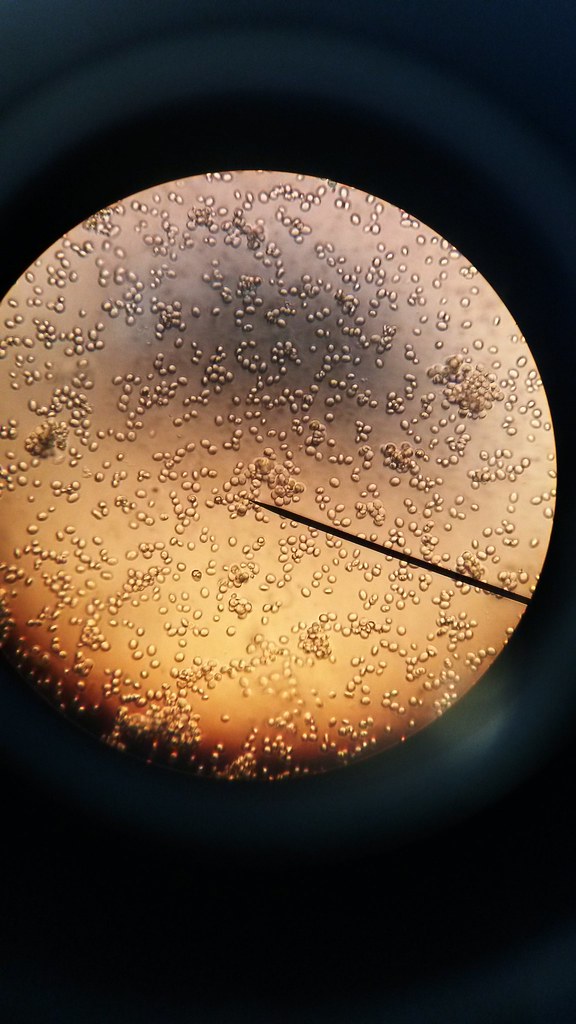What single-celled yeast can teach us about complex human biology
Yeast - the humble organism that makes your baked goods rise before you put them in the oven - has long been used as a "model organism" for all types of fundamental research in biology. But why?
The short answer is simply because it is so easy to manipulate for experiments. Many human cell lines take an average of 12 hours to replicate. Yeast colonies can double in just two hours. We can knock-out a gene and determine its effects in just a couple days. You can even directly replace many yeast genes with their human homologs (meaning, equivalent genes) and examine changes in the cells!

Yeast is an important model organism in biology that can help us learn about the human body
"Yeast Cells Under the Microscope" by BlueShift 12 on Flickr
I and other yeast researchers working on human and molecular genetics studies get a lot of scrutiny from people who think our work lacks clinical relevance. Any time we submit findings, we must know which human homologs are important, and how this could manifest into a disease in humans.
At the end of the day, yeast are remarkably similar to us. We should give these single-celled eukaryotes the love they deserve. If you're looking to read more about what its like to be a yeast researcher, check out this amazing piece by Dr. Laura Frontali as she reflects on her career.